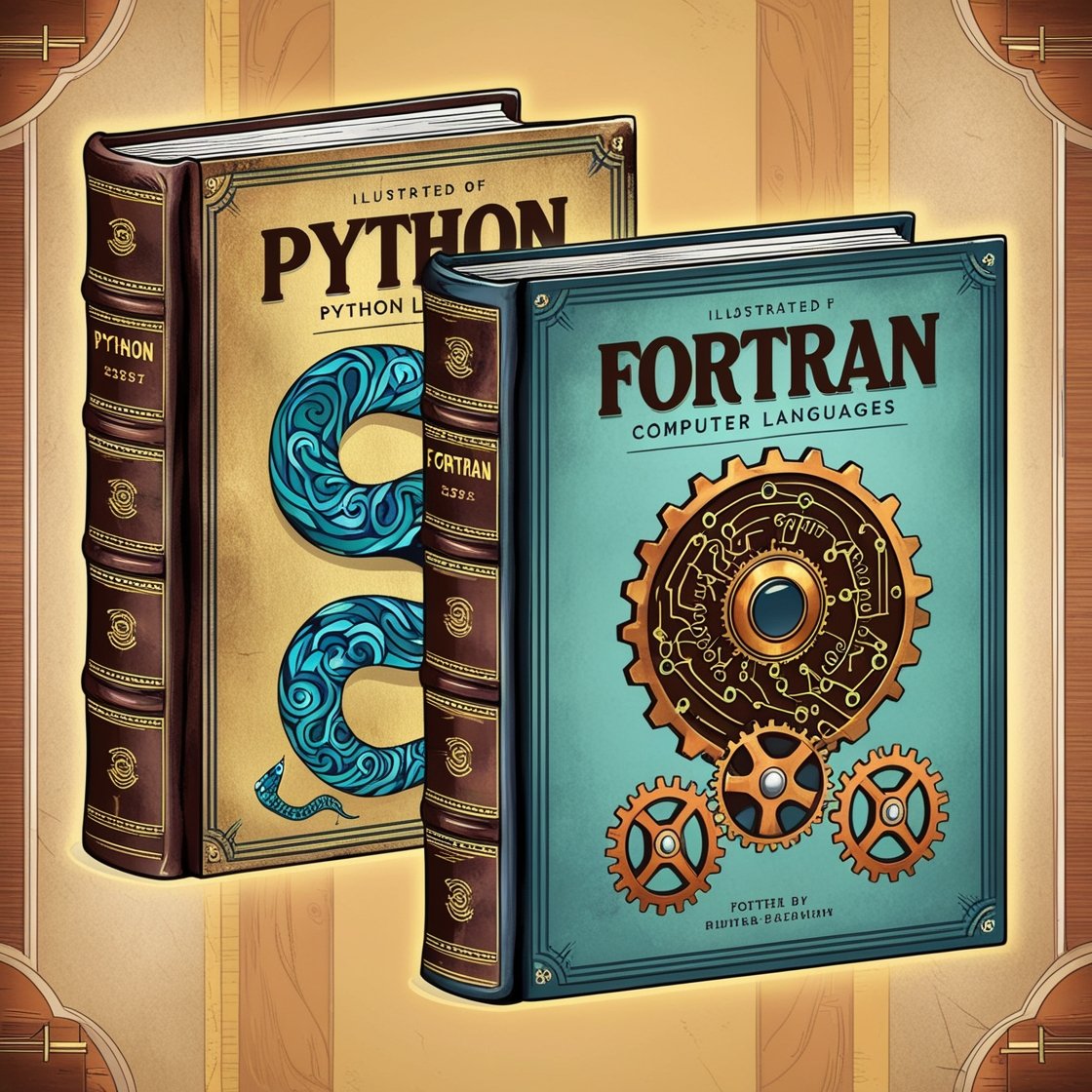Can I call fortran program from python: A Detailed guid
Leverage the Power of Fortran in Your Python Projects
Integrating Fortran and Python code can be a powerful way to leverage the strengths of both languages in your projects. Fortran is renowned for its exceptional performance in scientific and numerical computing, while Python offers a more general-purpose, high-level programming approach with a vast ecosystem of libraries and tools.
In this comprehensive guide, we’ll explore the step-by-step process of calling a Fortran program from within a Python script, enabling you to combine the best of both worlds and boost the performance of your applications.
A common question “Can i call fortran program from python”?
but why Should You Call Fortran from Python?
There are several compelling reasons why you might want to call a Fortran program from Python:
- Performance-critical Computations: Fortran is often the language of choice for computationally intensive tasks, such as scientific simulations, numerical analysis, and high-performance computing. By integrating Fortran code into your Python project, you can harness Fortran’s speed and efficiency for these critical components.
- Legacy Code Reuse: Many scientific and engineering software packages have been developed in Fortran over the years. By calling Fortran code from Python, you can seamlessly integrate these existing, well-tested, and reliable codebases into your modern Python projects.
- Leveraging Specialized Libraries: Fortran has a rich ecosystem of specialized libraries for various scientific and mathematical domains. Calling these libraries from Python allows you to take advantage of their functionality without having to reimplement the underlying algorithms.
Step-by-Step Guide: Calling Fortran from Python
To call a Fortran program from Python, you’ll need to follow these steps:
- Install the necessary tools: You’ll need a Fortran compiler (such as GNU Fortran or Intel Fortran) and a Python package that provides the interface between the two languages, such as
f2py(part of the NumPy package) orctypes(part of the Python standard library). - Write the Fortran code: Create a Fortran source file (e.g.,
fortran_function.f90) that contains the function or subroutine you want to call from Python. - Compile the Fortran code: Use your Fortran compiler to generate a compiled object file (e.g.,
fortran_function.o) or a shared library (e.g.,fortran_function.so) from the Fortran source file. - Create a Python wrapper: In your Python script, use the appropriate interface package (e.g.,
f2pyorctypes) to create a Python wrapper for the Fortran function or subroutine. This allows you to call the Fortran code from your Python script. - Call the Fortran function from Python: In your Python script, import the wrapper function and call it with the necessary arguments, just like any other Python function.
Here’s a simple example using f2py to call a Fortran function that calculates the factorial of a number:
# Fortran source file (fortran_function.f90)
subroutine factorial(n, result)
integer, intent(in) :: n
integer, intent(out) :: result
integer :: i
result = 1
do i = 1, n
result = result * i
end do
end subroutine factorial
# Compile the Fortran code
# f2py -c -m fortran_function fortran_function.f90
# Python script
import fortran_function
n = 5
result = 0
fortran_function.factorial(n, result)
print(f"The factorial of {n} is {result}")By following this approach, you can seamlessly integrate Fortran code into your Python projects, leveraging the strengths of both languages to create powerful and efficient applications.
Conclusion: Unlock the Power of Fortran in Your Python Projects
Calling a Fortran program from Python can be a game-changer for your projects, allowing you to boost performance and leverage the specialized functionality available in the Fortran ecosystem. By following the steps outlined in this guide, you can quickly and easily integrate Fortran and Python to create powerful, high-performance applications that combine the best of both worlds.
If you have any further questions or need additional assistance, feel free to reach out. Happy coding!




